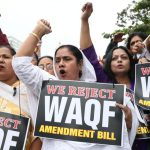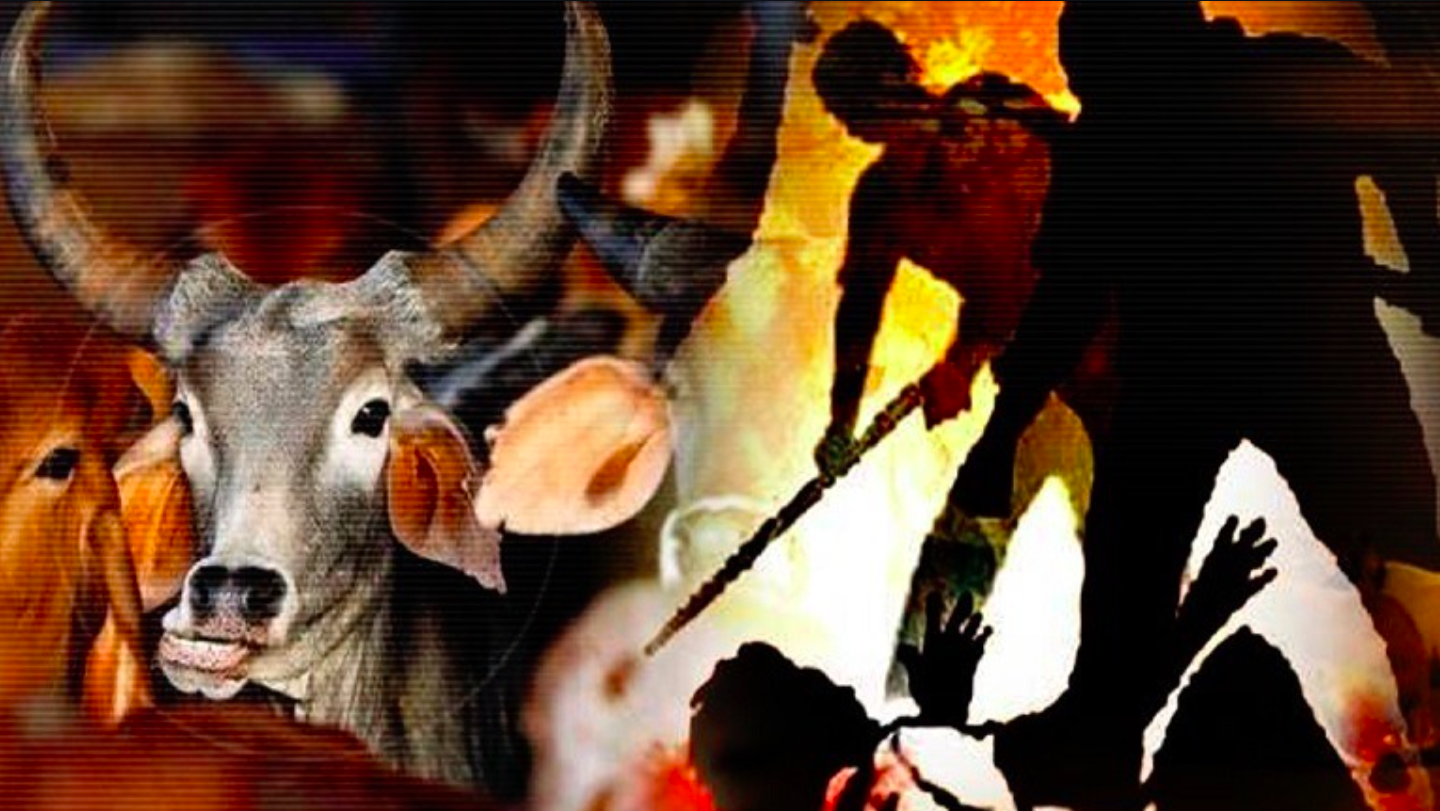In the delightfully chaotic streets of Chandni Chowk in Old Delhi, crowds gathered to grab mouth-watering desi chaat after a long day of street shopping. Apurva Chaudhary would stroll through the streets every week to satisfy her hunger pangs with famous chaat and gol gappa. But since hygiene became increasingly important after the emergence of a new virus more than four months ago, the 22-year-old student changed her mind. “Eating outside is a big no. How can you now trust the person who makes and serves you food on the streets?,” said Apurva.
Famous for its taste and diversity, street food is easily accessible in Mumbai, Delhi, Kolkata, and other fast-moving cities. The lockdown to curb the virus outbreak sent street vendors across the country into their homes leaving the once aroma-filled lanes empty. While people wonder what life may look like after restrictions ease, most fear India losing one thing – its street food culture. Many like Apurva are wary of eating from roadside food stalls knowing that hygiene and sanitation are more critical now than it has ever been.
People have become cautious of where and how food is made, even though the vendors may claim it’s safe. Once open, crowded food lanes will also become a breeding ground for the virus with more people carrying and transmitting the disease, added Apurva. While many refuse to go back to eat their favourite roadside meals, few seem to be unafraid of contagious disease. “Since I know the lockdown won’t be lifted soon, I know it’ll (street food) be safe once the virus is gone. I can’t wait to go out and eat,” said Akanksha Arora, a Central Delhi resident in a telephonic interview.
Priya Mishra, who lives as a paying guest in New Delhi, relied on ordering quick and cheap roadside meals to complement her work-from-home schedule at the beginning of the lockdown period. But soon, hygiene concerns raised by her parents and her skepticism prompted her to cook her meals. “How much can you rely on outside food at a time like this?” questions Priya stating the difficulty of handling the household and work simultaneously.
Nimisha Dutta, a Gurugram-based food blogger under the name Click & Eat, thinks the situation depends on the way people perceive it. Some have no choice but to eat food from outside owing to lack of access to a proper kitchen, a cook or skills and some have the privilege of home-cooked meals posing no need to step out of the home. “For me, the pandemic created a huge sense of responsibility in terms of eating food from the right place and ensuring safety and sanitation,” she added. Nimisha travels across the streets of Delhi, testing and suggesting must-try dishes on Instagram.
The vendors’ side of the story unveils a sadder picture, with some sincerely trusting the government for relief and others thinking otherwise. Sivaswamy Gowda, who is known by the name Raju, sold vegetable sandwiches in Sion, a suburban area of Mumbai. But weeks after being forced to stay home, the 45-year-old relies on his menial savings to pay for house rent and ration. “The future is uncertain, my customers will doubt the cleanliness. I have no money to start another venture even after the lockdown but only the government can help,” said Raju in a quivering voice.
Even Mumbai’s popular Mohammed Ali Road, a place synonymous to the city’s crowded local train every year during the Ramzan days, is now barren. Vendors at Khau Galli, another infamous roadside eatery in Mumbai, said they followed basic hygiene protocols even before one heard of the virus. Narendra Trivedi, the second-generation owner of Sai Dosa Corner in Ghatkopar’s Khau Galli, acknowledges that people’s fear of eating in an open environment. “Even deliveries will be a hassle as some dishes like dosas are best served hot.”
Mahender Sharma, the owner of Natraj Dahi Bhalla in Chandni Chowk, also has low hopes on the business coming back to normal hereafter. People will remain hesitant to eat our food, regardless of if it’s made in Chandni Chowk’s famous streets, he said. Municipal authorities in metropolitan cities made efforts to help street food hawkers attain normalcy. Arbind Singh, the national coordinator of the National Association of Street Food Vendors of India, expressed that the government must, in the least, allow street vendors to open a business within guidelines. “Only when the vendors are allowed to open stalls is when they can adhere to sanitation standards,” he stated emphasizing that safety training and use of gloves and masks have already been communicated to vendors.” But the opening of street food stalls anytime soon seems far from reality.
It is said that the way to one’s heart is through their stomach. But this may no longer hold for Indians even though their love for food knows no bounds. This perhaps suggests a transformation in culture, pushing us to try making roadside savouries in the confines of our own homes.








